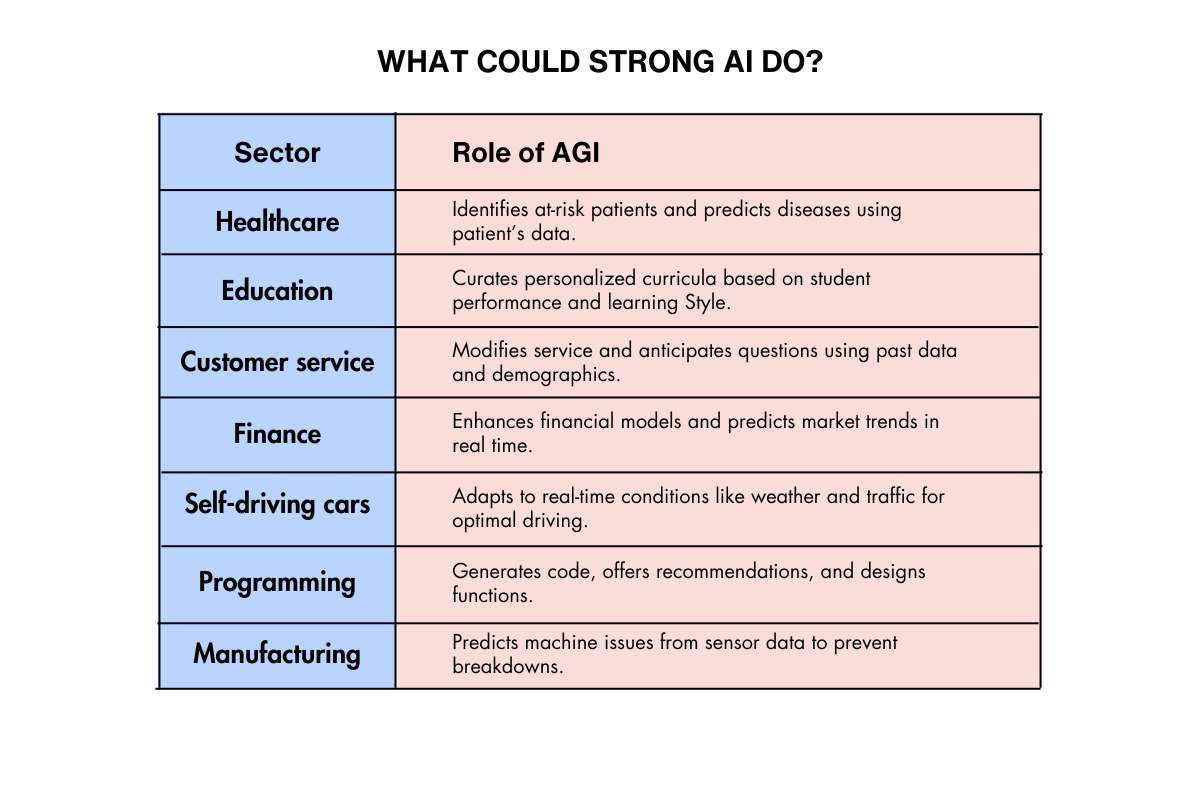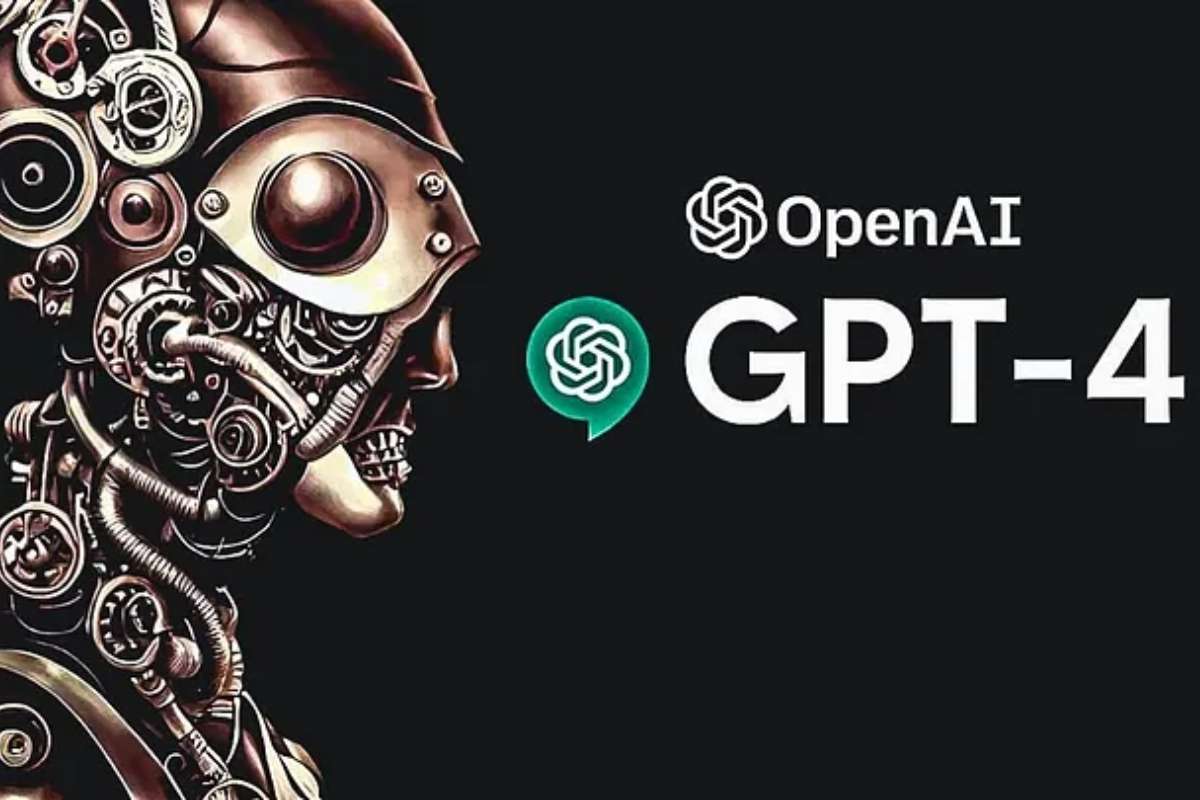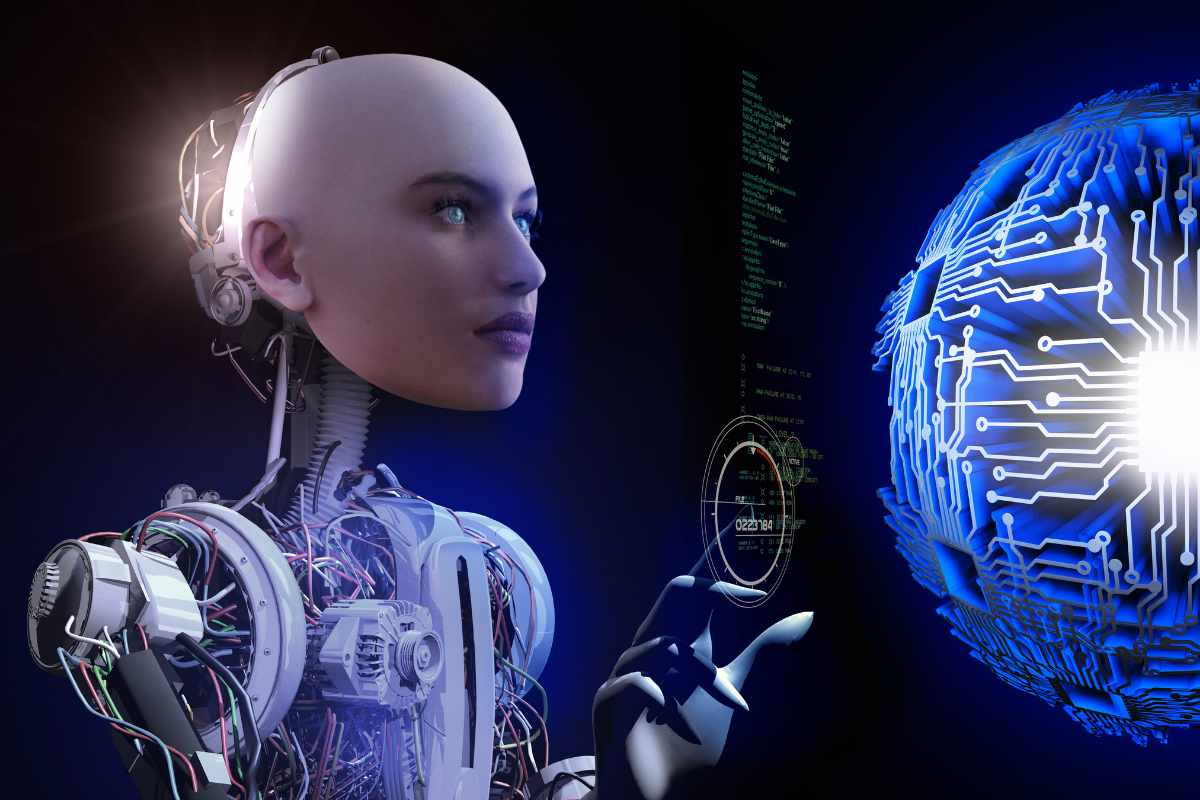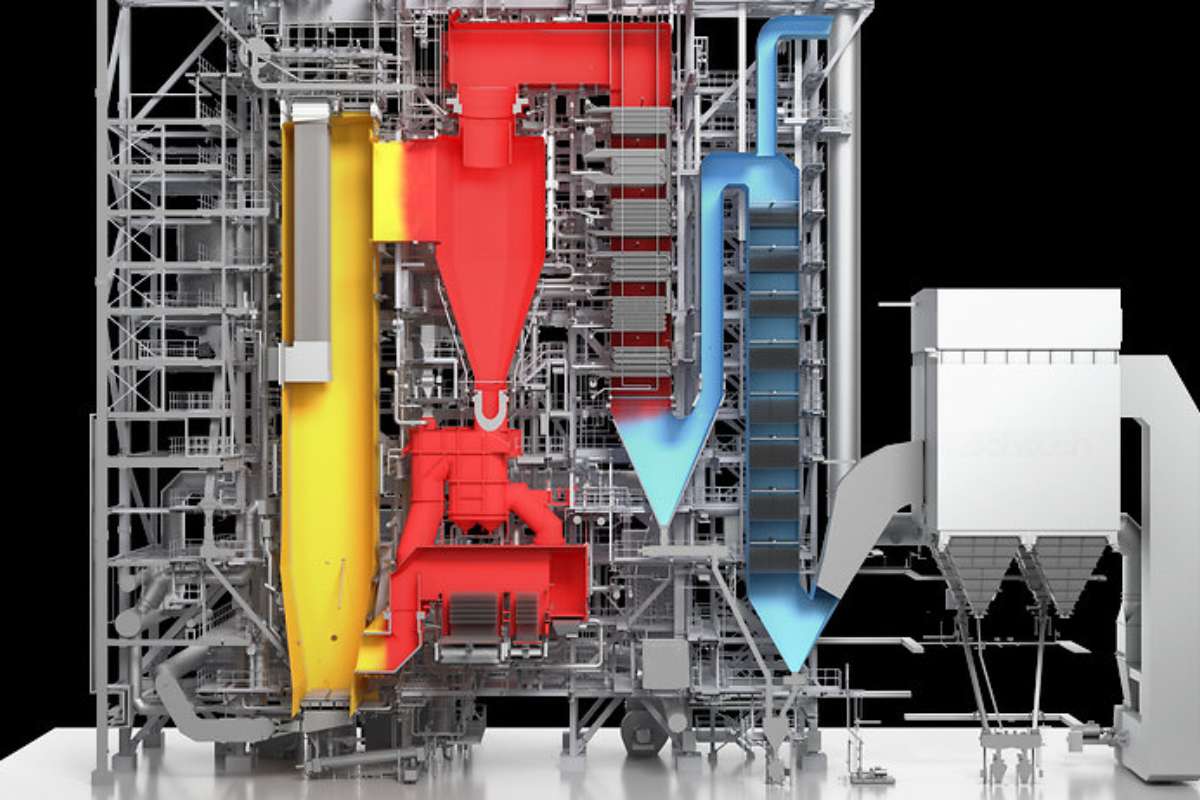Artificial General Intelligence is a representation of the goal in the development of AI systems, a machine that possesses human-like intelligence and can perform a wide range of tasks. Some Weak AI are designed to handle limited problems and AGI is expected to replicate the spectrum of human cognitive abilities. The recent advancement in AI has brought us close to realizing its vision. In this article, we will explore the current progress toward AGI, the challenges involved, and how breakthroughs in machine learning, neuroscience, and cognitive computing are contributing to the evolution of artificial general intelligence.
Understanding Strong AI
AGI refers to the hypothetical future state of a computer system that could rival the ability of human beings to accomplish any intellectual task. Strong AI refers to a fantasy or an imagination of utmost perfection of machine development that involves creating machines that represent human-like intelligence to perform tasks somewhat independently. From narrow AI, applicable to very specific problems, through AGI: a reproduction of the totality of human cognitive ability, from reasoning, learning, and adaptive abilities in real time. AGI has been the staple of science fiction for years, but the recent breakthroughs in AI research, machine learning, and neuroscience finally bring us closer to this killer dream.
Why is AGI important?

AI of strong ability is crucial because it has potential to push industries into a very different level and resolve the world’s very difficult problems. In comparison with narrow AI, AGI can do many things independently and is not required to be limited only to performing a small number of tasks-that is how it can work flexibly and efficiently. Its development, on the other hand, is starting to generate ethical and safety issues regarding pursuing its development with full caution in order to align it with human values while developing it safely.
What Could Strong AI Do?
Current forms of AI can master a specific task they’re programmed to undertake. AGI, in theory, takes this capability a step further, adapting to unfamiliar situations it was never trained to handle. This opens the door for many more applications:

Challenges on the Path to AGI
While the progress in artificial intelligence is impressive, the journey toward Strong AI is fraught with significant challenges. Achieving AGI involves surmounting both technical and philosophical hurdles.
- Common Sense and Intuition: One of the key limitations of current AI systems is their lack of common sense and intuitive reasoning. AGI will need to grasp everyday concepts and reason through ambiguous or incomplete information, something that humans do effortlessly but that remains a difficult problem for machines.
- Data Efficiency: While humans can learn effectively from very small amounts of data, current AI systems often require vast datasets to perform well. To create AGI, machines will need to become far more data-efficient, learning from minimal examples and generalizing across tasks quickly.
- Ethical and Safety Concerns: As we edge closer to creating more autonomous AI systems, ethical considerations become even more critical. AGI, with its potential for broad decision-making capabilities, poses unique challenges in ensuring that it operates safely and aligns with human values. If mismanaged, AGI could bring about unintended consequences, and many experts argue that rigorous safety protocols must be in place before we approach human-level intelligence.
Notable Milestones and Projects
Several research projects and organizations are making meaningful strides in the race toward artificial general intelligence. OpenAI, DeepMind, and others have contributed significantly to the understanding of AGI through landmark projects like AlphaGo and GPT models, which represent advances in both narrow AI and broader learning capabilities.

OpenAI’s GPT-4: As one of the most sophisticated language models ever created, GPT-4 demonstrates remarkable capabilities in understanding and generating human-like text. Though still considered narrow AI, its performance in diverse language tasks hints at the potential for more generalized cognitive abilities in future iterations.
DeepMind’s AlphaGo: AlphaGo’s victory over world champion go, players, was a milestone in AI research, showcasing how reinforcement learning could enable systems to excel in complex strategic environments. DeepMind has since expanded its focus to broader learning models, exploring pathways to AGI.
The Road Ahead for Strong AI
While Strong AI is not a reality yet, current research efforts are laying the groundwork for a future where machines can think, reason, and learn at a level comparable to humans. The path to AGI is complex, requiring breakthroughs across a variety of fields, from machine learning to neuroscience. Nevertheless, the progress made in recent years suggests that AGI may no longer be a far-off dream but a reachable goal, albeit one that must be approached with caution.
Conclusion
Artificial general intelligence could be closer to the theoretical ideal but only as a work in progress; yet, with this intent being pursued research goes on to produce machines that think and learn at a human level. The list, among the most appreciable areas, includes machine learning and neuroscience; these continue to edge their way toward the goal slowly, incrementally, but ever more with ample time consumed in the complexity of this journey and enormous technical and even ethical hurdles to be overcome. We must not only create useful AGI but do so responsibly, for the resulting entity will possess capabilities that are aligned with the values of human beings and, therefore, also in line with societal needs.












